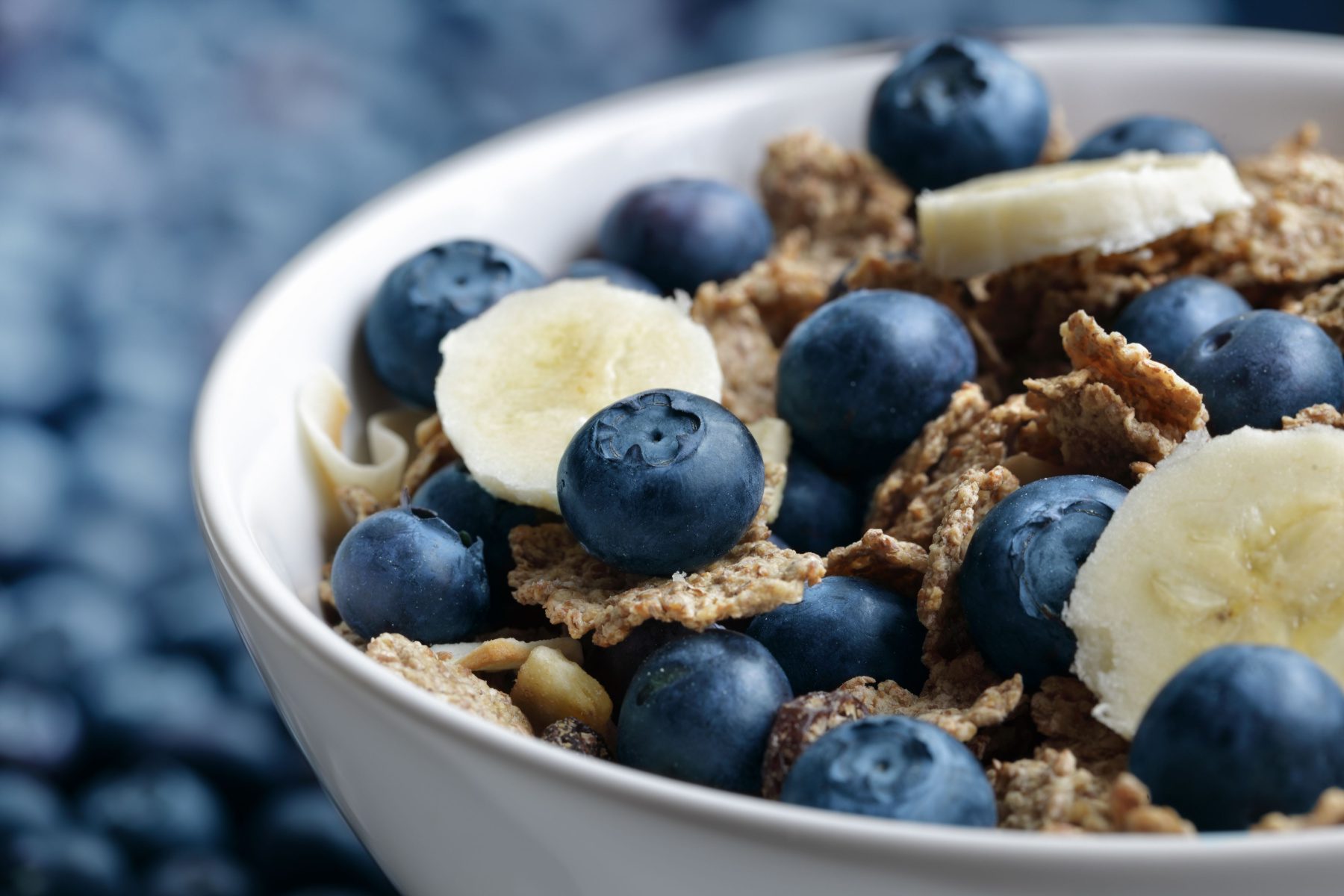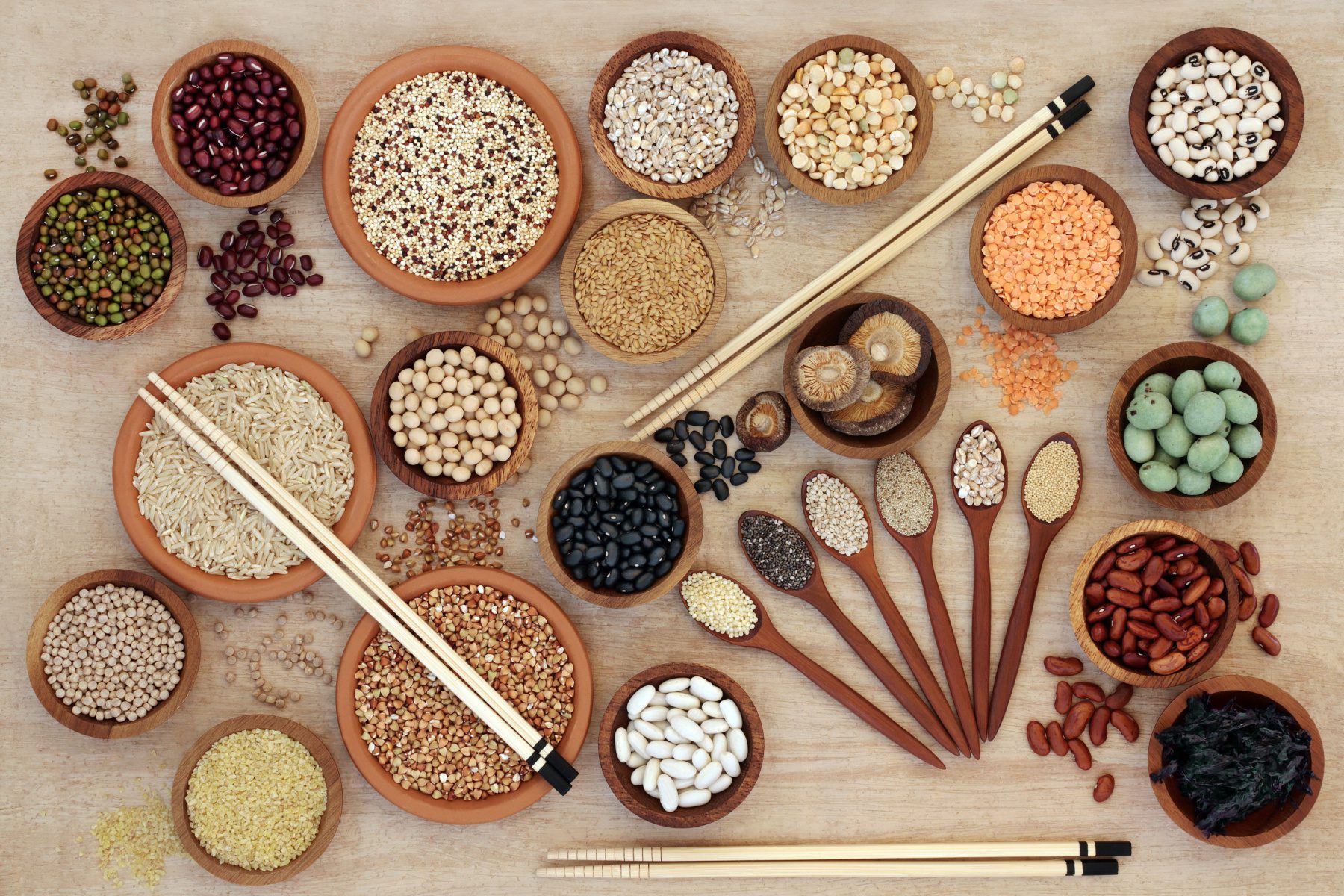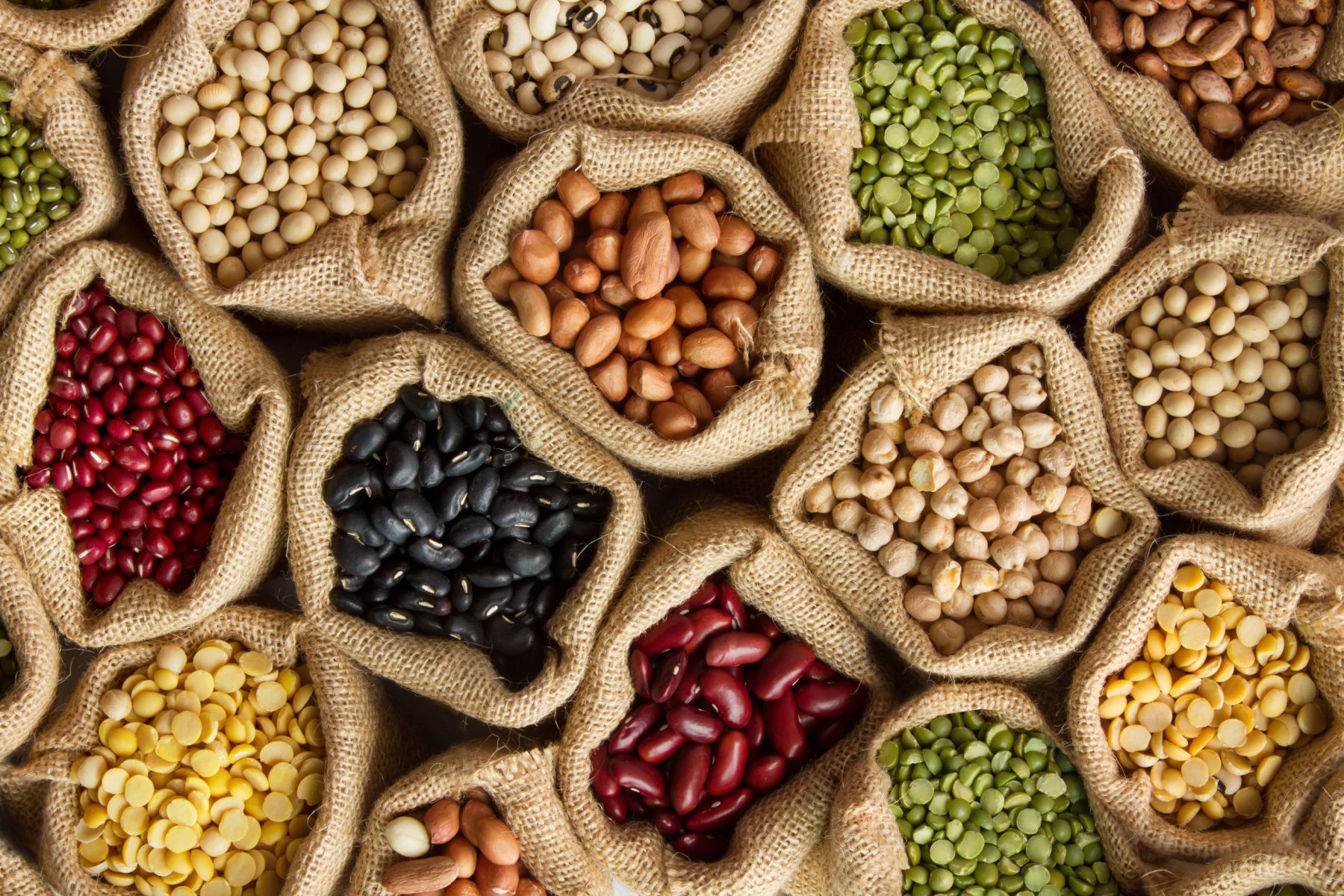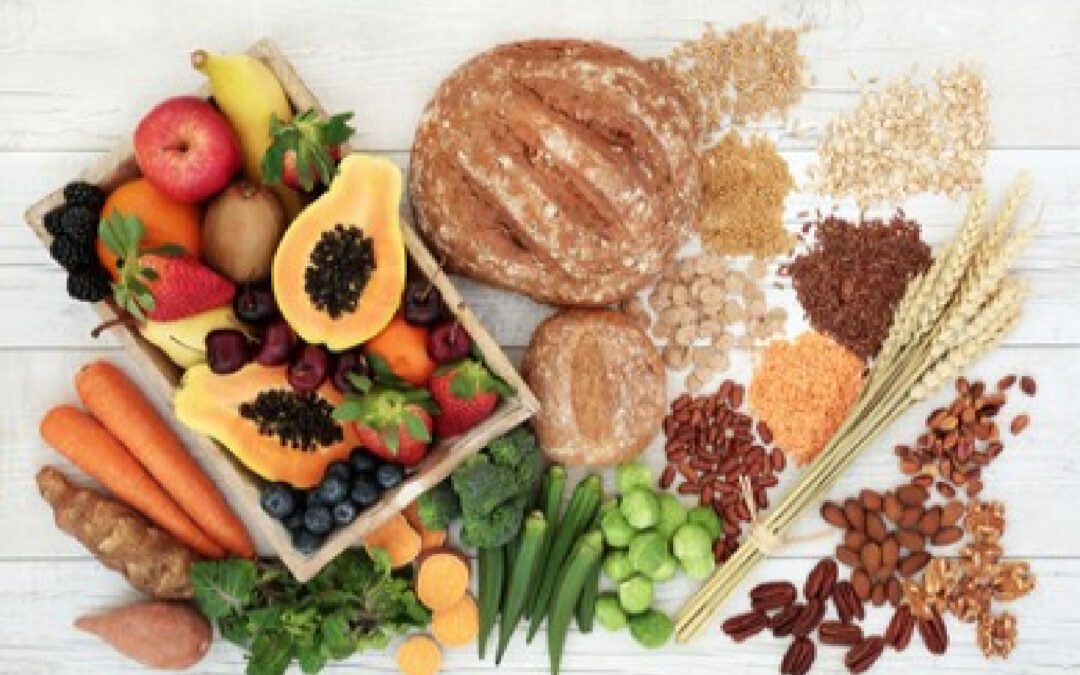Fibre is an essential nutrient to support good health, playing a key role in digestive health, regular bowel movements, gut health, weight management and satiety. Yet most Australians aren’t getting enough from their diets each day. So are you eating enough fibre? Let’s find out.

Table of Contents
What is Fibre?
Fibre is the part of plant foods, such as grains, vegetables and fruits, legumes, nuts and seeds, which your body can’t digest. There are a couple of different types of fibre:
- Soluble fibre: This type of fibre dissolves in water, and is contained in foods such as oats, legumes, fruit and veg, and seeds. Soluble fibre helps you feel fuller for longer, promoting satiety and helping with weight management. It also speeds up your bowel movements, adding bulk to stools to keep you regular. Even better, soluble fibre can help reduce the amount of “bad” cholesterol you absorb from other foods, and can help stabilise blood glucose levels.
- Insoluble fibre: This type doesn’t dissolve in water, instead absorbing water in your intestines in order to soften your stools and help keep you going to the toilet on the reg. Insoluble fibre is found in the skins of fruit and veg, as well as in high-fibre breads and cereals, and nuts and seeds.
- Resistant starch: While not technically a type of fibre, resistant starch acts in a very similar way. This type of starch is quite unique, as it is produced in certain foods dependent on your cooking method. For example, by cooking and cooling foods like potato, pasta and rice before consuming them, you’re increasing the resistant starch content of these foods. Foods including under ripe bananas, freekeh, beans and lentils naturally contain some resistant starch too. As a general rule, the less processed a food is, the more starch it likely contains. Resistant starch isn’t easily absorbed by your body, so instead of being broken down in your intestines it ferments, producing beneficial substances which help keep your bowel and gut healthy.

How much fibre do you need?
The Australian Dietary Guidelines recommend women consume at least 25 g of fibre each day, and men should aim for 30 g. However, a huge 83% of Aussies aren’t meeting these targets. As a result, many Australians are experiencing greater rates of disease, digestive issues, and other unwanted symptoms, with around half of all Australians currently dealing with gut health problems and uncomfortable symptoms.

Why do you need to make fibre a priority?
1. It reduces obesity risk and supports weight management. Given fibre helps you feel fuller for longer and promotes feelings of satiety, you’re less likely to overeat when you’re getting enough fibre in your diet. Plus, it supports digestion and general health, meaning it’s extremely beneficial for anyone looking to manage their weight or prevent fat gain.
2. It’s crucial for digestion and regular bowel movements. Fibre adds bulk to your poo (sorry not sorry, we went there!), as well as softening your stools to allow them to exit your body without too much pain. It also helps keep your colon, gut and digestive system healthy. This means you can stay regular, and are less likely to suffer from constipation and other nasty symptoms of digestive discomfort.
3. Fibre reduces your risk of many diseases. Getting enough in your diet each day can reduce your risk of type 2 diabetes, heart disease, bowel and colon cancers, among plenty of other health conditions. It plays such a key role in keeping your gut and colon happy, which in turn influences your general health and wellbeing in various ways, meaning it has a really significant effect in key body processes like regulating blood glucose, lowering cholesterol levels, and preventing the development of diseases.

How can you increase your fibre intake?
- To increase your fibre intake each day, make sure to include both soluble and insoluble fibres (as well as resistant starch) in your diet, by including a variety of different plant foods daily.
- When you’re doing your grocery shop, if you’re buying packaged foods look for options containing 4 g or more of fibre per serving – bonus points if the food contains more than 7 g per serving!
- Opt for wholegrain or wholemeal breads, pastas, rice and other carbohydrate sources where possible.
- Keep the skin on your veggies and fruits where you can – trust us, it’s delicious when you get used to it!
- Consider adding psyllium husk or LSA to smoothies or baked goods for a fibre hit.
- Try cooking and cooling foods like potatoes, pasta and rice before you eat them to get more resistant starch into your diet. Note, you can reheat these foods again before eating them, it’s the cooling stage (after the initial cooking) where the majority of the resistant starch is formed.
- Increase your fibre intake slowly. Don’t go from 0 to 100 real quick, or you can expect to experience some serious gassiness and bloating! It’s a shock to the system if you go too fast, so gradually increase your daily intake bit by bit, so your gut and body can adjust and adapt.
- Make sure you’re staying hydrated. As we mentioned, fibre absorbs fluid, so you need to ensure you’re drinking enough water and fluids to prevent dehydration – particularly as you increase your fibre intake.
- Eat more plant-based meals. As we mentioned, plant foods are the best sources of fibre, so try to incorporate more plant-based meals and foods like lentils, quinoa, whole grains, fruit, veggies, nuts and seeds into your diet where possible.
There you go, now you understand the importance of fibre it’s time to make sure you’re eating enough of it each and every day! Do your body and your guts a favour, and make fibre a key component of each meal you eat – think of it like the fourth macronutrient alongside protein, healthy fats and carbohydrates.

